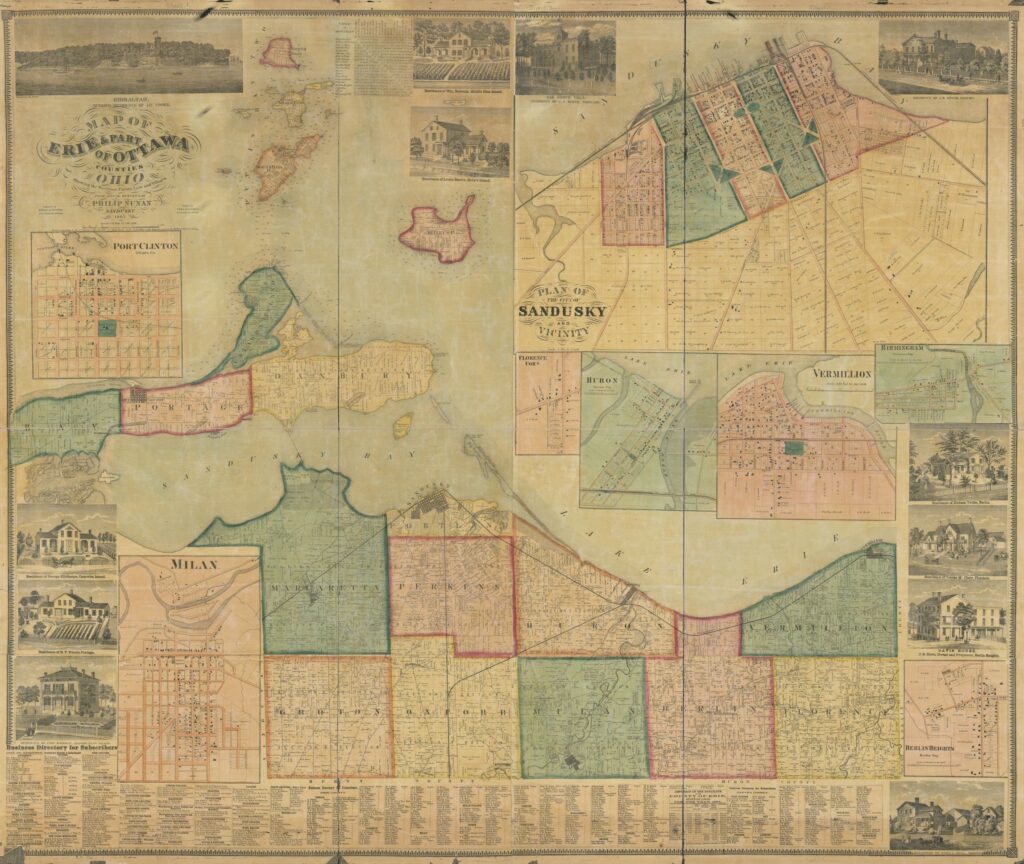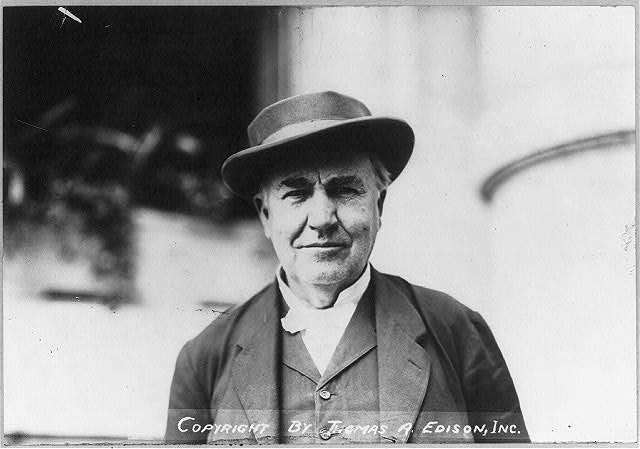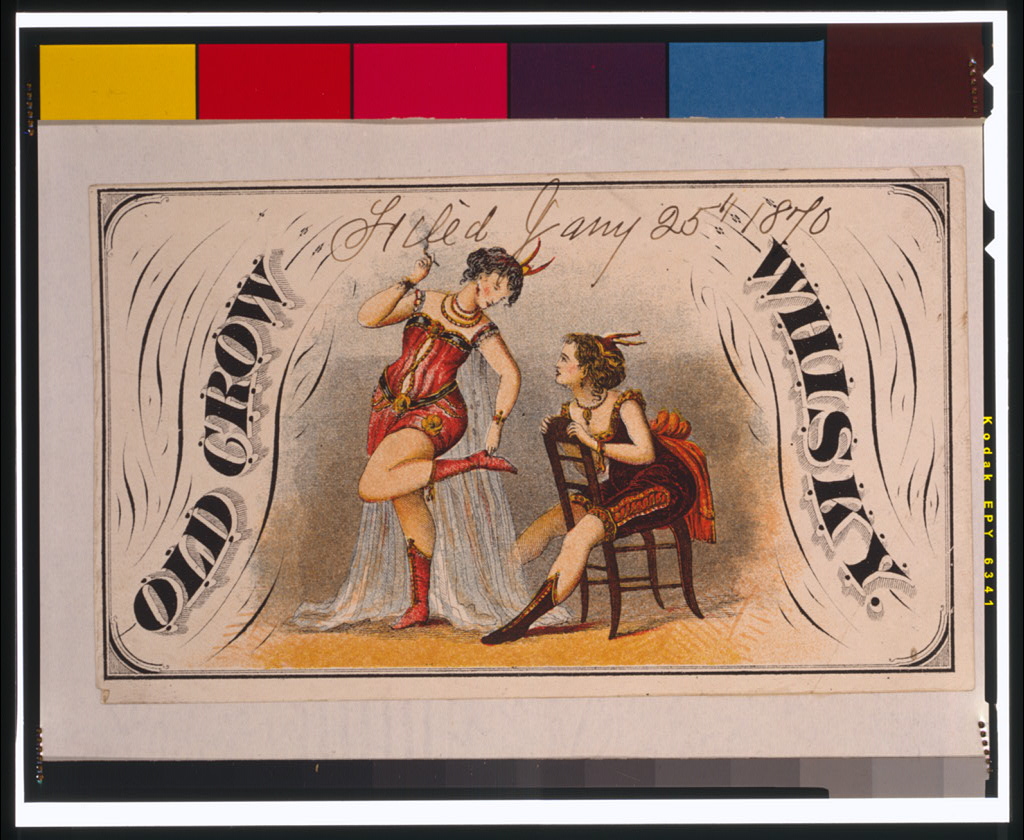
More Loss in the Graves Family
Although Amos and Emily were surely relieved when she, at the age of 40, survived yet another childbirth and gave birth to a healthy baby, any happiness experienced was likely tainted when, just four days later, Emily’s father Lucius died. When Wells was just two years old, Emily’s youngest sister Delia died. Then, when he was nine, Emily’s mother Submit died. Submit had suffered from rheumatoid arthritis that no treatment seemed to alleviate—and, in the summer of 1851, her suffering came to the ultimate end. For more information about the Graves family, see pages 81 and 82 of Thomas Graves, 1645 settler of Hartford, Connecticut and Hatfield, Massachusetts and his descendants
Snapshot From 1850 Census
Amos, Emily, Lodowick, and Wells were still living in Enfield, New York at that time with Amos working as a wagon maker; meanwhile, Lodowick was farming. The 1850 census listed someone else living in their household, as well, a 14-year-old female named Cynthia Scott. Who she was and why she was living there is unknown, and she then disappeared from the records in connection with the Miller family.

Leaving New York
Shortly after Submit’s death, the Miller family packed up to leave New York and, in 1852, they began living in Castalia, Ohio—one of two villages in Margaretta Township in Erie County. There, Amos purchased property and began to farm in this rural, scarcely populated village. Although Amos was never called a wagon maker in census records again, this skill would have been quite valuable to a 19th century farmer and his neighbors.
Why did they leave? Perhaps, after both of Emily’s parents, some of her siblings, and three of their own children had died, Amos and Emily had felt a need to start somewhere fresh. Lodowick, who was now a young adult, came to Castalia with his parents and brother, Wells.
As a side note, the Millers had moved to a county where, in 1852, a five-year-old boy lived. This child went on to become quite famous: his name was Thomas Alva Edison. If anyone in the Miller family ever met him, I haven’t seen any evidence—but stranger things have happened. After all, Edison’s second wife was Mina Miller from northern Ohio.

Why Castalia?
Going back to Millers’ move, why did they choose Castalia? At a high level, this move echoes the westward migration taking place in the country as a whole, but that doesn’t really answer the question of why they moved where they did. Fortunately, significant clues exist.
Records show that Emily’s half-brother Spencer Graves had died and was buried in Castalia in 1838, so he had clearly gone there at least 14 years before the Millers’ move to this rural town. Perhaps he had told Amos about the rich soil and plentiful game. Spencer’s wife, Ann, lived in Castalia as did their sons, Lucius Spencer, Erasmus Darwin and William Lodowick, and daughters Ann Sophia, Mary Emily, and Alice Louise. Intriguingly, although the sons married, none of these three daughters did. More to the point of this post, by moving to Castalia, the Millers were reuniting with family members.

Margaretta Township had been organized in 1815. In fairly quick succession, the town had a sawmill, gristmill, tannery, flouring mill, schoolhouse, and churches, along with other necessities for town living. By the late 1840s, a cotton mill was also in operation. Although the picture below is not from Margaretta Township, it is from the era in which the Millers lived in Castalia and gives you a sense of what their community might have looked like.

As with just about any community, there were, of course, growing pains. To get a glimpse of theirs, we have the benefit of a cynical look back in time that was published anonymously in 1911 by someone who identified himself a pioneer of the area. The letter shared how, in those days, “Whiskey was plenty and cheap” and betting led to “frequent personal encounters—fights.” Some of the settlers, both men and women, participated in “evil doing in the way of tale bearing, secret slander, the practice of envy, jealousy, and indulgence in other forms of wrong-doing” and thereby “showed themselves to be of that class that [Reverend] Henry Beecher Stowe used to call the carnal mind of the community.” Fortunately, this group, the writer admitted, did not prove to be in the majority.

Castalia was laid out as a town in 1836 in an area where streams were plentiful with trout and farmers grew wheat, potatoes, and oats. Perhaps Emily Miller’s brother Spencer had headed to this town when it was brand new. Whether he did or didn’t, he was one of the early settlers buried there, having died just two years after the town’s formation. This is where Amos and Emily stayed, outside of a short-lived return to New York later in life, and this is where Wells Waite Miller would call home for the rest of his life—and where he’d get to know the Caswell family and eventually marry Mary Helen Caswell. His connection to this family, though, would run much deeper.
Wells Waite Miller: Exploration of His Life and Times
I’d like to share my research about Wells Waite Miller from Castalia, Ohio with you. Although I’ve written the material in the order in which I’ve found research material, I now roughly have the posts in the order in which the events occurred.
Blog posts I’ve written on the subject so far include:
- Wells Waite Miller’s America
- Thomas Miller: Ancestors in England
- Great Puritan Migration
- Scandal in the Colonies
- Calm in the Eye of the Storm
- Aaron Miller: Born Under the Drumbeats of War
- Grandparents, Parents, and Siblings
- Enfield, New York
- Ohio Bound (current post)
- Oberlin Years: Fierce Debates About Abolitionism
- Enlisting in the Civil War
- A Look at Lodowick G. Miller
- Captured: Camp Parole
- Marching Towards Gettysburg
- Picketts Charge and 43 Bonus Years
- Glory Days to Invalid Corps
- Castalia Massacre
- Calvin Caswell
- Calvin Caswell, Continued
- Obed Caswell And Walter Caswell: Story of Brothers
- Miller Family Mystery Solved?
- Miller Family Mystery Solved, Part Two
- Amos and Corinne Miller
- Oscar Schultz Kriebel, Part One
- Oscar Schultz Kriebel, Part Two
- Oscar Schultz Kriebel, Part Three
- Oscar Schultz Kriebel, Part Four
- Erie County, Ohio for Congress
- Wells Waite Miller: Republic Candidate for Ohio Governor
- Ohio Antietam Battlefield Commission
- “Speaking the Names: A Tale of Two Brothers” at Ashland University’s Black Fork Review
I invite you to become part of this journey, sharing my posts with people who enjoy reading historical biographies.
If you read this material and have additional information that’s directly tied to Miller or sets context about his life—or you’ve spotted errors—please email me at kbsagert@aol.com.